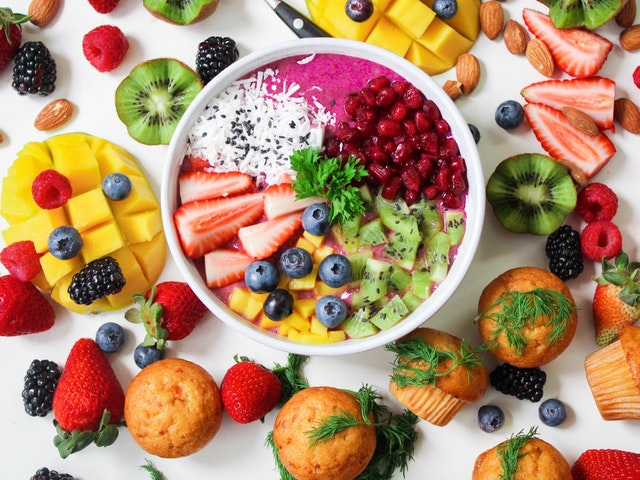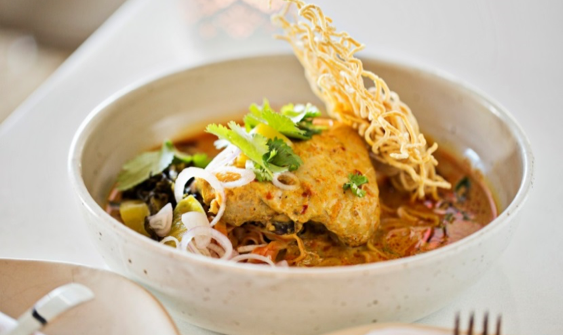Diabetes food myths and facts
Myth: People with diabetes should never have sweets!

Truth: Good news folks! People with diabetes can have sweets occasionally. American Diabetes Association advocates that desserts and sweets are to be relished and consumed on special occasions and festivals albeit, your blood glucose level are under control and you are taking prescribed medicines regularly.
Myth: People with diabetes cannot have juices.

Truth: People with diabetes can very much enjoy fresh juices, but they definitely need to avoid canned and packed juices because of its added sugar content and high glycaemic values.
Myth: People with diabetes cannot have fruits.

Truth: People with diabetes should offcourse have fruits keeping in mind the glycaemic indexes. According to National Institute of health, USA fruits are a very good source of fibres and vitamin C “ascorbic acid”. All citrus fruits are rich source of vitamin C which boosts our immune system to fight against common diseases.
Myth: A big NO-NO to potatoes

Truth: People with diabetes may have potatoes (baked, grilled or steamed) in meals. Potatoes are to be ideally consumed, along with non-starchy vegetables and salads.
Myth: Diabetes diet is a very strict diet

Truth: A Diabetes diet is one of the healthiest diets, and has no hard and fast rule. Diabetes diet can be even followed by people without diabetes. You may select from a variety of options like the Mediterranean, flexitarian, vegan, Ornish to know more refer to Diet options in Famhealth.
Myth: Say no to all carbohydrates and yes to proteins

Truth: Yes carbohydrates do turn into sugars, but having overload of proteins and no carbs may lead to fatigue and cardiovascular diseases. Having more of proteins eventually leads to accumulation of fats in the body leading to cardiovascular diseases. ADA suggests, making a smart choice of having low carbohydrates will keep you energetic and prevent you from feeling low and tired.
Myth: Diabetes diet does not contain eggs, as they contribute to high cholesterol levels in the body

Truth: People with diabetes may have eggs, as eggs are a good source of protein and vitamin D. ADA says, “What really matters is the way it is cooked”. Boiled eggs with yolks removed can be consumed, to ensure that it does not aid to cardiovascular complications.
Myth: You can eat whatever you want if you are taking medications

Truth: This is one of the major myths associated with diabetes. Medications only help you to convert sugar to energy, but if you supplement your body with more than required amount of food then, it will lead to spiking of blood glucose levels and poor diabetes management.
To read more on Diabetes, click on the link below.





